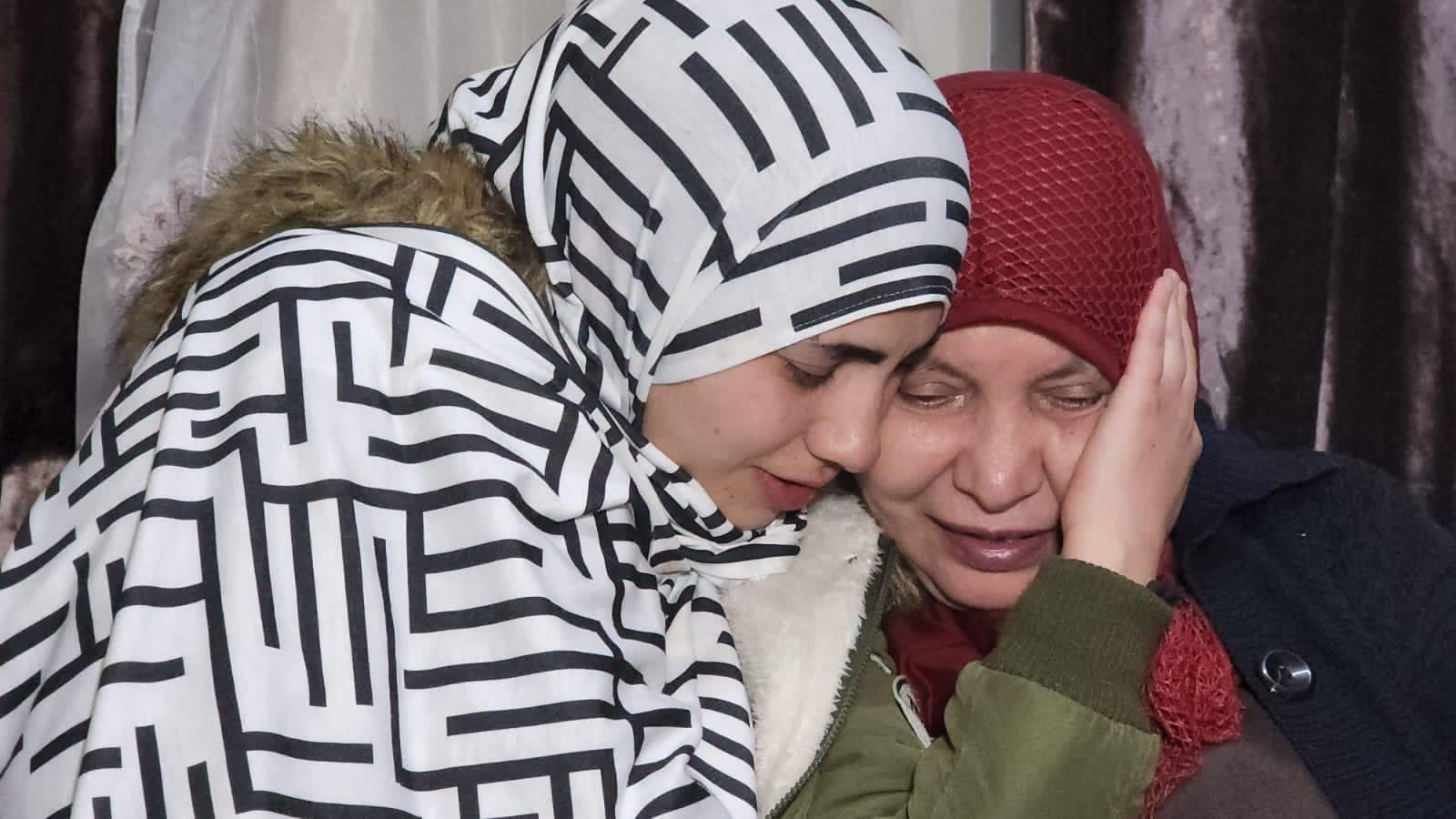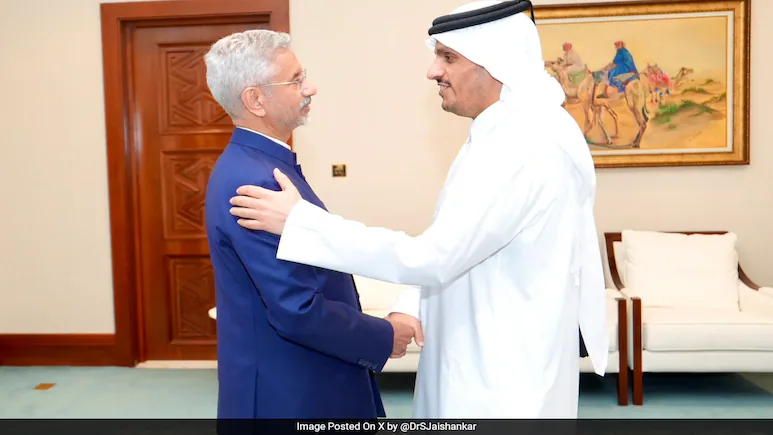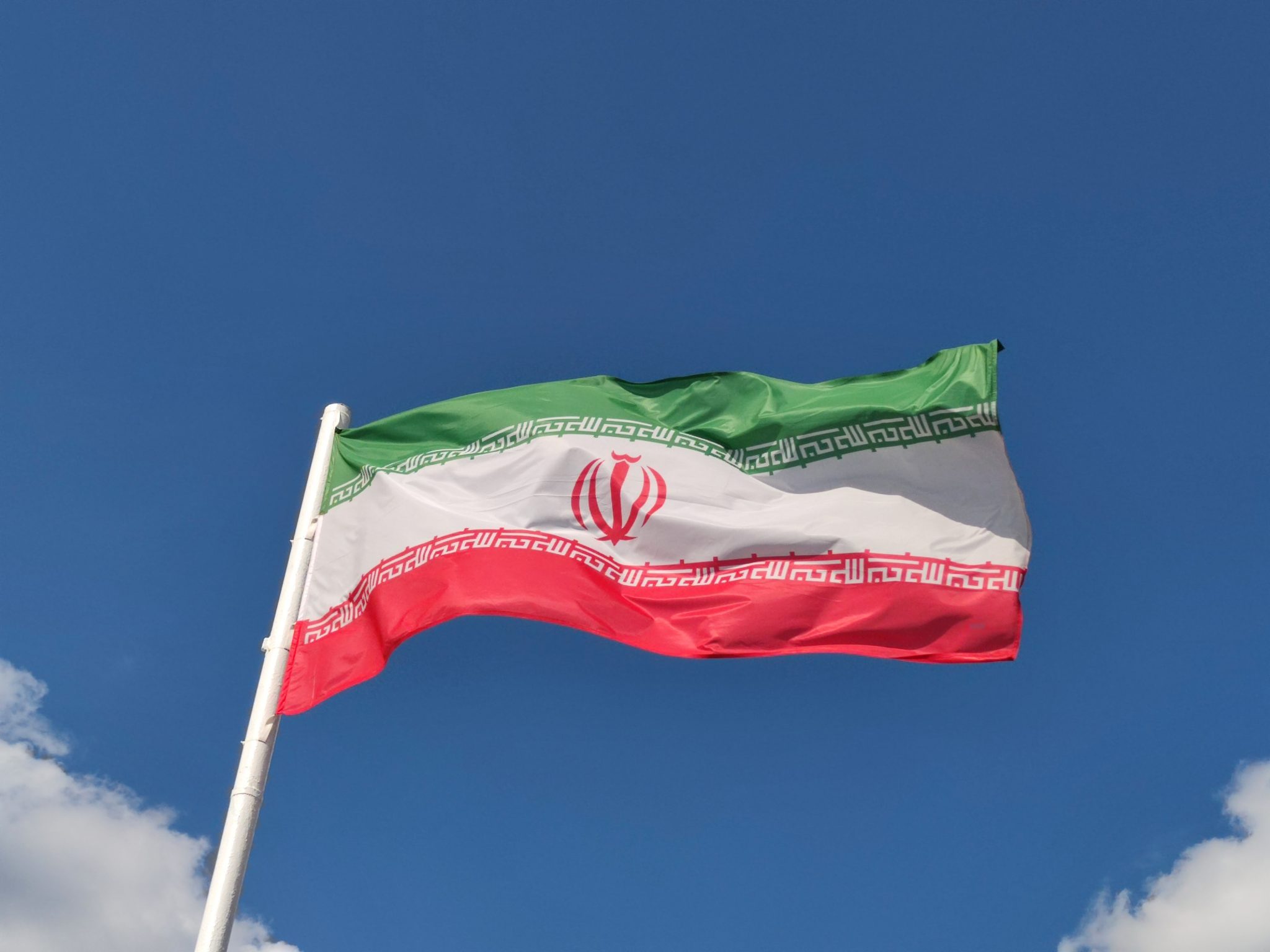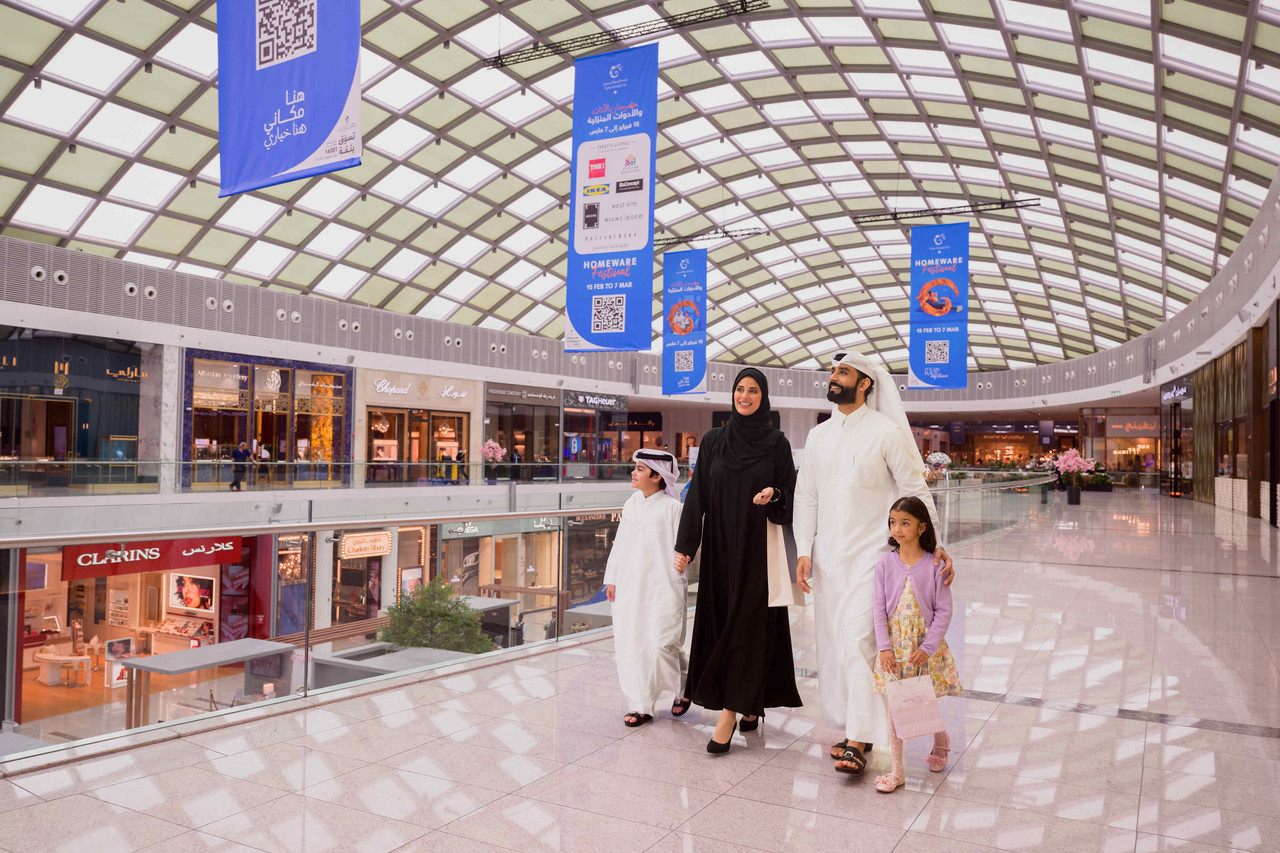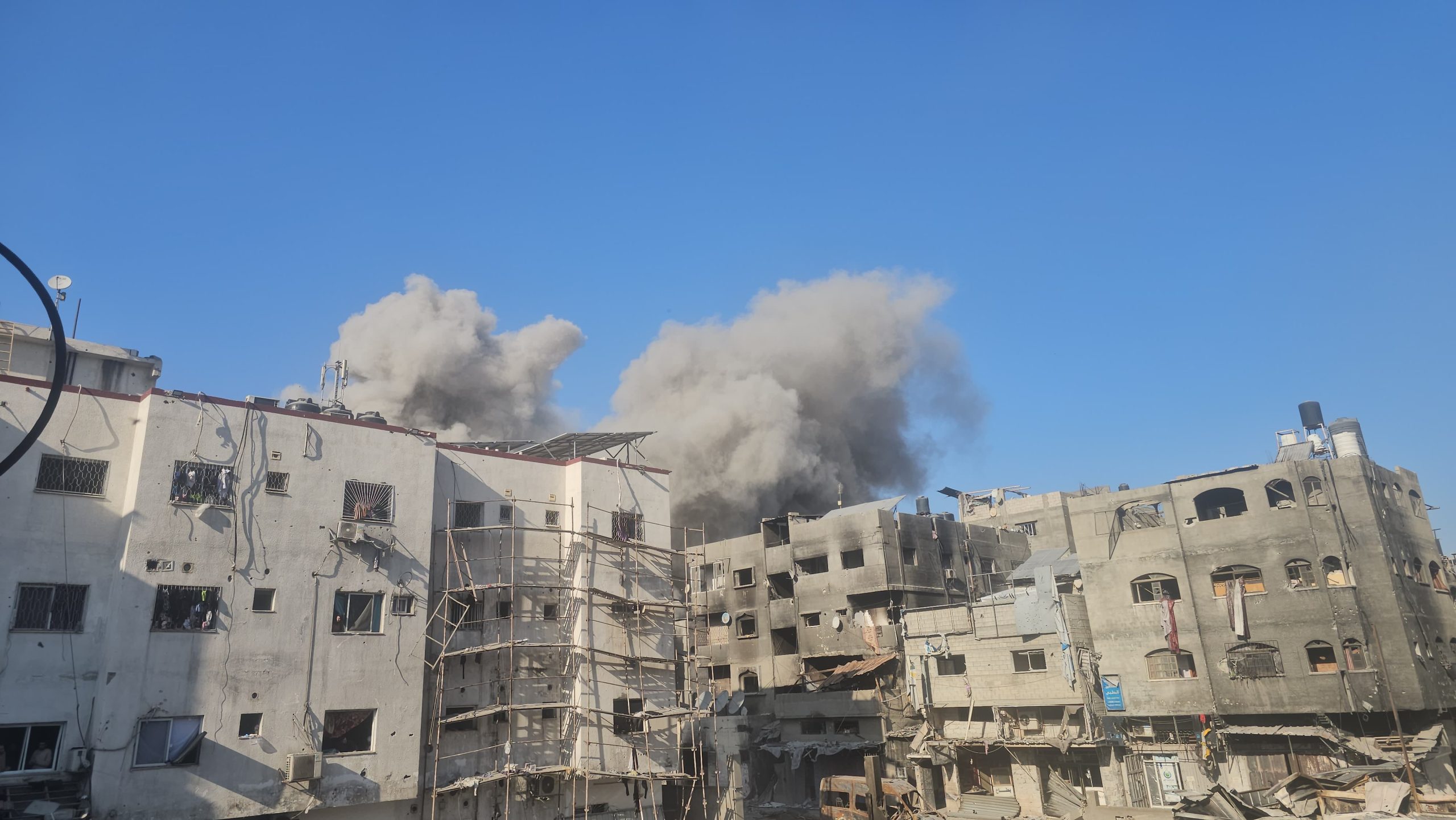So far, Hamas has released 81 captives, while Israel has released 180 Palestinian captives, predominantly children.
Hamas released 12 captives—10 Israelis and two foreign nationals— on Tuesday, an exchange facilitated by the International Committee of the Red Cross (ICRC) that also saw Israel release 30 Palestinians from its prisons on the same day.
The ceasefire is due to end Thursday morning, 7 a.m. Gaza local time.
The ICRC orchestrated the release and transfer of these hostages out of Gaza through the Rafah crossing with Egypt on Tuesday, marking the fifth day of the extended six-day ceasefire between Israel and Hamas. Mediators in Qatar have stated that they are working to extend the truce.
Of the 30 Palestinian prisoners Israel released, 15 are children and 15 women, Qatar’s foreign ministry announced on Tuesday.
Israel has indicated it would extend the ceasefire, provided Hamas continues to release an additional 10 Israeli hostages daily.
Since the truce came into effect on Friday, Hamas has released 81 captives, while Israel has released 180 Palestinian captives, predominantly children.
Israeli media, citing the prime minister’s office, reported that Israel received a list of 10 hostages expected to be released by Hamas on Wednesday.
As a token of “appreciation” for the stance adopted by the Russian President Vladimir Putin on the Israeli war on Gaza, Hamas will release two hostages holding Russian citizenship, Times of Israel reported.
Whether these individuals also hold Israeli citizenship remains uncertain, the Times of Israel report said.
Hamas top official Moussa Abu Marzouk added that the release of the two Russian citizens is an additional gesture alongside the planned release of ten Israelis later on Wednesday.
On Wednesday, a source close to Hamas said that the resistance group is willing to prolong the Gaza ceasefire by an extra four days, AFP first reported.
“Hamas has informed the mediators that it is willing to extend the truce for four days and that the movement would be able to release Israeli prisoners that it, other resistance movements and other parties hold during this period, according to the terms of the existing truce,” the source told AFP.
Qatar’s Foreign Ministry Spokesperson Majed Al Ansari expressed Doha’s hope for further advancements in the upcoming hours and days that could ultimately lead to a permanent ceasefire to the Qatar News Agency on Tuesday.
Doha has played a pivotal role in mediating with Hamas and Israel, facilitating a ceasefire that came into effect on Friday, November 24 at 7:00 a.m. Gaza local time and has been extended until Thursday morning.
CIA Director Bill Burns returned to Qatar on Tuesday for meetings with mediators aimed at pushing for an expansion of the ongoing hostage negotiations between Hamas and Israel, sources privy to the matter told CNN.
“Director Burns traveled to Doha for meetings about the ongoing Israel-Hamas war, including continued discussions on the hostages,” a U.S. official said, quoted by CNN.
Among the 15 minors released from an Israeli prison on Wednesday was 14-year-old Ahmad Salaymeh, Al Jazeera reported. In an interview with Al Jazeera, Salaymeh recounted the challenges faced by the Palestinian prisoners during the Israeli war on Gaza. “The first day of the war there were a number of beatings, female inmates were beaten,” Salaymeh said.
Israeli forces banned the families of released Palestinian women and children against celebratory displays or interactions with the media.
“They told me no celebrations, and on the day of my release I’m not allowed to leave my house, raise any signs or banners, use a megaphone,” Salaymeh added. “And if I break any of these rules I will be taken back.”
Foreign Ministry spokesman Majed Al Ansari also said that among the 10 captives released on Wednesday, nine were women, and one was a minor. The released individuals included one with Austrian citizenship, two with Argentinian citizenship, and one with Filipino citizenship.
The backdrop of this exchange dates back to October 7 when Hamas’ armed wing, the Al-Qassam Brigades, infiltrated occupied territories in an unprecedented multitude of ways including air, land and sea while returning to Gaza with at least 240 captives.
In addition to these captive release exchanges, the humanitarian truce also entails a cessation of fighting in Gaza and an escalation of humanitarian aid to the besieged territory.
However, in what could be seen as breach to the truce, Israeli navy boats fired a number of missiles at the coast of Khan Yunis, Al-Shati, and Sheikh Radwan in the Gaza Strip on Wednesday which coincides with the sixth and final day of the truce, Palestinian media Wafa News Agency reported.
Over 1.8 million people in Gaza, nearly 80% of the population, have been internally displaced since Israel’s brutal war on October 7, according to the UN Office for the Coordination of Humanitarian Affairs. As per the arrangement, more humanitarian aid has been permitted to enter the enclave, which has been experiencing a nearly complete blockade.
Since Friday, a minimum of 750 trucks have crossed the Rafah border into Gaza, averaging about 150 trucks per day.
UNRWA, the UN refugee agency, officials informed Al Jazeera earlier this week that a daily requirement of 200 aid trucks for two months would be essential to fulfill basic needs.
Since the start of the relentless Israeli genocide in Gaza, the occupation forces have killed more than 15,000 Palestinians, the Government Media Office in Gaza said, in addition to thousands of others still missing under the rubbles.
Among the killed were 6,150 children and over 4,000 women.

